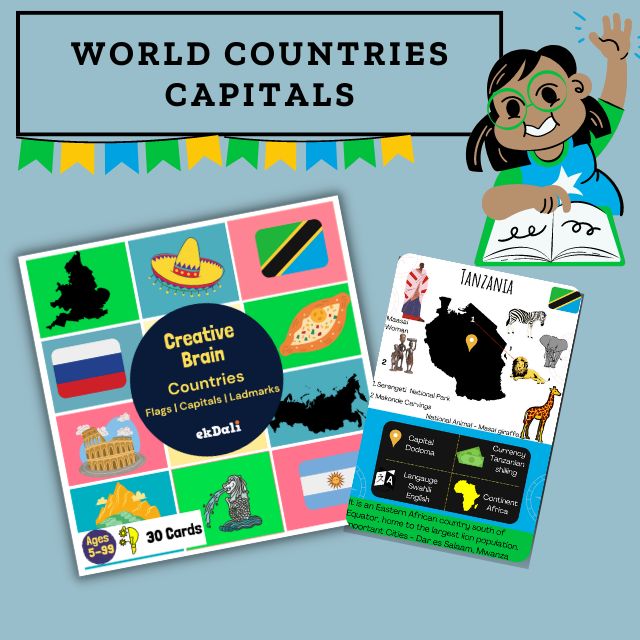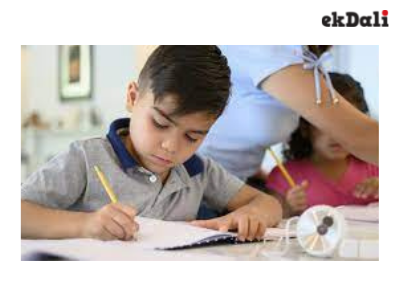The Reggio Emilia Approach® is an educational philosophy based on the image of a child with strong potentialities for development and a subject with rights, who learns through the hundred languages belonging to all human beings, and grows in relations with others.
Mason was a 19th century British educational reformer whose philosophy emphasized high-quality literature, nature study, and narration—or students' repeating learned information in their own words.
Rudolf Steiner developed this philosophy in 1919. It places a strong emphasis on child development and educating the student as a whole person: head, heart, and hands.
Childhood learning is divided into three different stages: grammar (the foundation years), logic (the middle school years), and rhetoric (the high school years). This three-part model is called the trivium.
This leadership model, also known as Thomas Jefferson Education or TJEd, focuses on teaching students how to think as opposed to what to think. It emphasizes reading classics and discussing them with a mentor (a parent or other adult).
This homeschooling method is sometimes referred to as unschooling, a term coined by educational pioneer John Holt. Homeschoolers who follow this style allow their children's interests to form the basis for their studies; they believe that children are curious by nature and have an innate desire to learn.
Maria Montessori, an Italian physician, developed this philosophy in the early 1900s. It focuses on hands-on experience, movement, choice, and order in the learning environment.
























